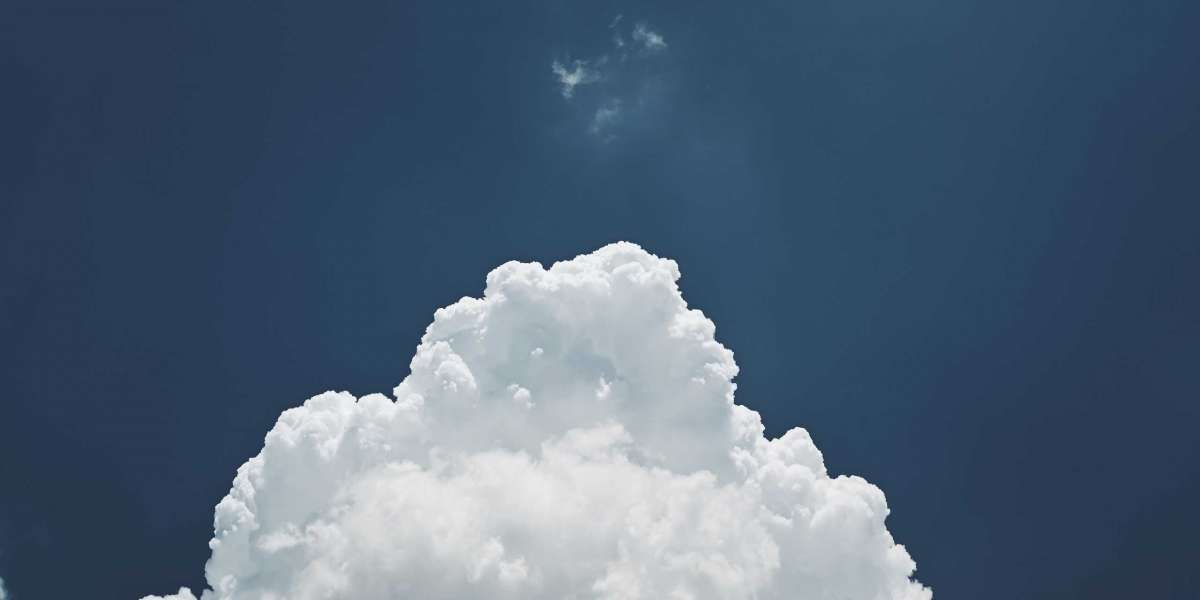The journey of artist figures throughout history is a fascinating narrative that reflects the cultural, social, and technological changes of their times. From the meticulous craftsmanship of the Renaissance to the bold expressions of contemporary art, these figures have shaped the landscape of artistic expression. But what exactly defines an artist figure, and how have they evolved over the centuries?
Renaissance Masters: The Birth of the Artist Figure
During the Renaissance, the concept of the artist figure began to take shape. Artists like Leonardo da Vinci and Michelangelo were not merely craftsmen; they were seen as intellectuals and visionaries. Their works, characterized by realism and human emotion, set a new standard for artistic achievement. This period marked a significant shift in how society viewed artists, elevating them to the status of cultural icons.
- Leonardo da Vinci: Known for masterpieces such as the "Mona Lisa," he exemplified the ideal of the Renaissance man.
- Michelangelo: His sculptures, including "David," showcased the human form's beauty and complexity.
The Baroque and Rococo Periods: Emotion and Ornamentation
As we moved into the Baroque and Rococo periods, the artist figures began to embrace emotion and drama. Artists like Caravaggio and Fragonard utilized light and shadow to evoke feelings, pushing the boundaries of artistic expression. This era highlighted the artist's ability to capture the human experience, making their figures more relatable and dynamic.
Key Characteristics of Baroque and Rococo Artist Figures
- Use of Light: Dramatic contrasts created a sense of depth.
- Emotional Expression: Figures displayed intense emotions, drawing viewers into the narrative.
- Ornate Details: Elaborate designs became a hallmark of the Rococo style.
Modernism and the Rise of Individualism
The 20th century brought about a radical transformation in the perception of artist figures. Movements such as Impressionism, Cubism, and Surrealism emphasized individual expression and subjective experience. Artists like Pablo Picasso and Salvador Dalí challenged traditional norms, leading to a broader understanding of what an artist could be.
In this era, the artist figure became synonymous with innovation and rebellion. The question arises: how did these changes influence the way we view artist figures today? The answer lies in the diverse expressions and mediums that contemporary artists explore.
Contemporary Icons: Redefining the Artist Figure
Today, artist figures are more diverse than ever. From street artists like Banksy to digital creators, the landscape of art continues to evolve. The rise of technology has also transformed how artists engage with their audience, making art more accessible and interactive. This shift raises important questions about the future of artist figures: Will they continue to adapt to societal changes, or will they return to traditional roots?
For those interested in exploring the world of artist figures further, consider visiting  . This resource provides insights into various artistic movements and the figures that defined them.
. This resource provides insights into various artistic movements and the figures that defined them.
Conclusion: The Timeless Nature of Artist Figures
In conclusion, the evolution of artist figures from the Renaissance to contemporary times illustrates the dynamic relationship between art and society. As we continue to explore this rich history, we gain a deeper appreciation for the creativity and innovation that define the human experience. The journey of artist figures is far from over; it is a continuous narrative that invites us to engage, reflect, and create.








